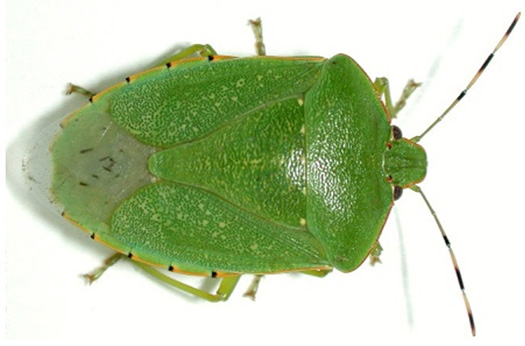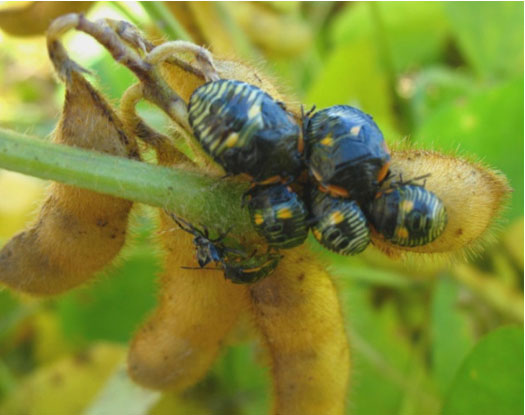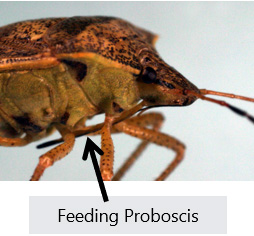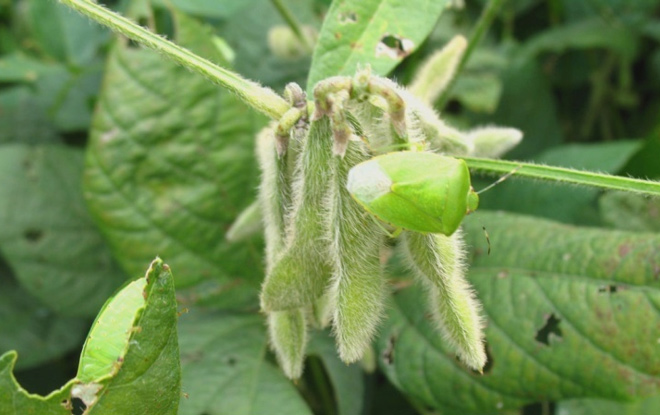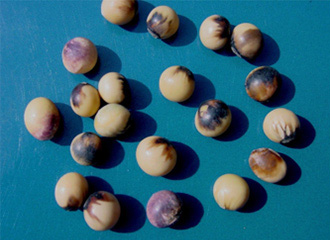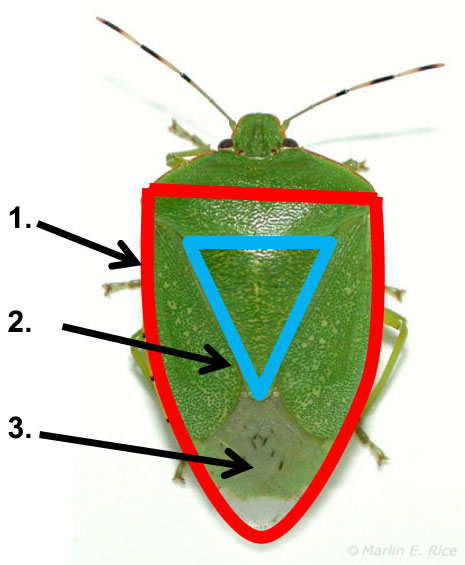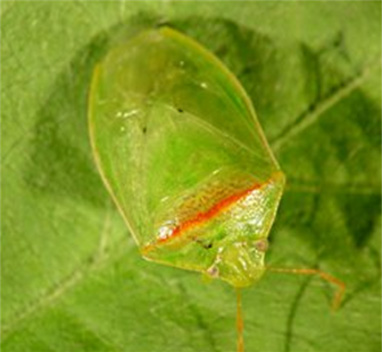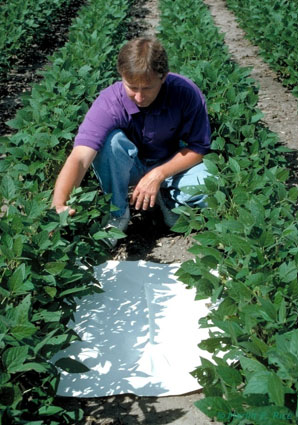Something went wrong. Please try again later...
Key Points
- Stink bugs are most problematic when appearing in soybean fields during pod fill and maturation.
- Stink bugs feed on new growth and developing seeds by injecting digestive enzymes using a piercing sucking proboscis.
- Seeds fed upon may be shriveled, deformed, undersized, or aborted.
- Stink bugs may cause severe yield and quality losses.
The foregoing is provided for informational use only. Please contact your Pioneer sales professional for information and suggestions specific to your operation. Product performance is variable and depends on many factors such as moisture and heat stress, soil type, management practices and environmental stress as well as disease and pest pressures. Individual results may vary. Pioneer® brand products are provided subject to the terms and conditions of purchase which are part of the labeling and purchase documents. All products are trademarks of their manufacturers.
